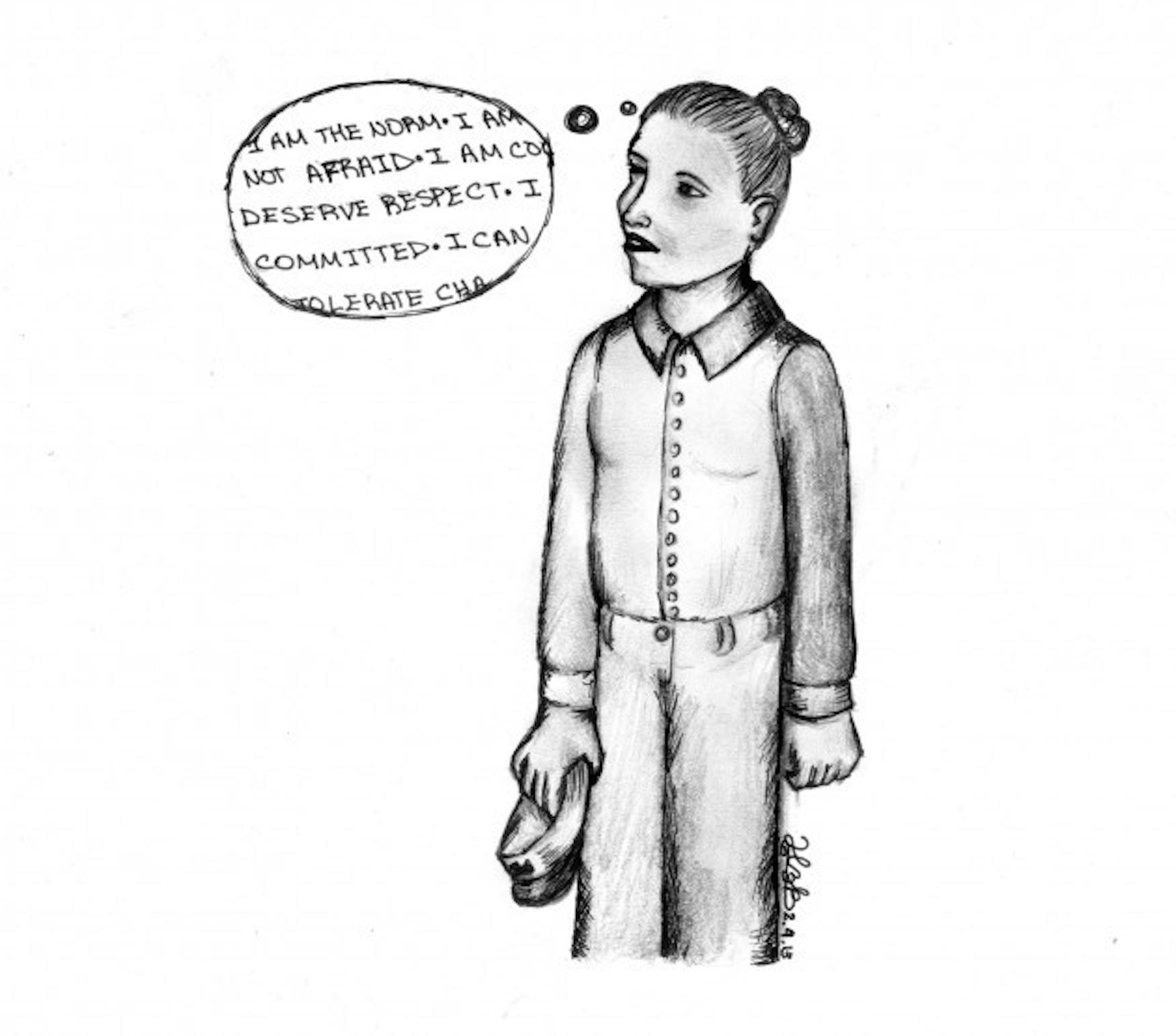Military embraces equality with new combat policy
Australia. Canada. Denmark. Eritrea. Estonia. Finland. France. Germany. Israel. North Korea. Lithuania. Netherlands. New Zealand. Norway. Poland. Romania. Sweden. The one thing that unites this group of 17 countries is their military policy. Women can serve in military combat roles in all of these countries. At long last, the United States is joining their ranks.
Women have been part of the United States military since the Revolutionary War. Some worked as nurses and others disguised themselves as men to fight for their country. During both World War I and World War II, women joined the army as nurses and intelligence officers. By the time of the first Gulf War, more than 40,000 women were deployed in foreign combat, 15 of whom were killed by enemy combatants.
Today, women make up around 15 percent of the armed forces. They serve in almost 95 percent of all army occupations. Two brigadier generals are female. Over 100 women have died in Iraq and Afghanistan.
Yet, up until just last week, women were prevented from officially serving in close-combat roles even though thousands of women have fought in close combat with enemy troops.
It is time for women to be recognized as a major part of the United States military and in turn, allow them to take these combat roles. Women already serve as fighter pilots, artillery experts, engineers, sailors, everything but front-line soldiers. They have fought valiantly alongside their male counterparts, and have died for their countries.
I applaud Secretary of Defense Leon Panetta and leaders at the Pentagon for ending the archaic ban on women in certain combat positions. This is the 21st century. The United States is a global leader. We should be setting examples for the rest of the world, especially when it comes to gender rights and equalities.
Women and men work side by side in factories, schools, law firms, government and in the armed forces and combat service, it should be no different. As a country, we should be able to move from discrimination in employment that is based simply on gender. Our troops are from all backgrounds, races and religions. Gay troops can openly serve. Gender should no longer be an obstacle to service.
A common argument against women in combat is the physical strain required of soldiers. However, the military has certain physical requirements. If a man or a woman can meet them, he or she can enlist. This new policy change isn't going to do away with the physical requirements or make our soldiers less physically fit. In fact, studies by the Pentagon have found that while women have less upper body strength than men, they do have stronger legs and are less likely to get injured in the line of fire. I may not be a soldier, but I hope that in the line of fire, there are more important things to worry about than what gender your comrade is.
There is also a clear and present positive externality that could come from having women serve to the same extent as men. The military has a strict code of conduct and obviously, adding women is not going to weaken it. If anything, this new policy change should strengthen that code. Rape is endemic among the armed forces, and in fact is still under-reported. Women who are sexually assaulted can be dishonorably discharged and their attackers never receive punishment. Perhaps if more women serve in combat positions and rise in the ranks, the military will be more focused on the issue of sexual assault, and will have to address it and help the victims more than they do today.
Once women serving in combat is the norm and not the exception, men will hopefully see these women as their comrades and will treat them with due respect.
The United States has been slowly but steadily moving towards gender equality. Allowing women in combat positions is just one more step.
*



Please note All comments are eligible for publication in The Justice.